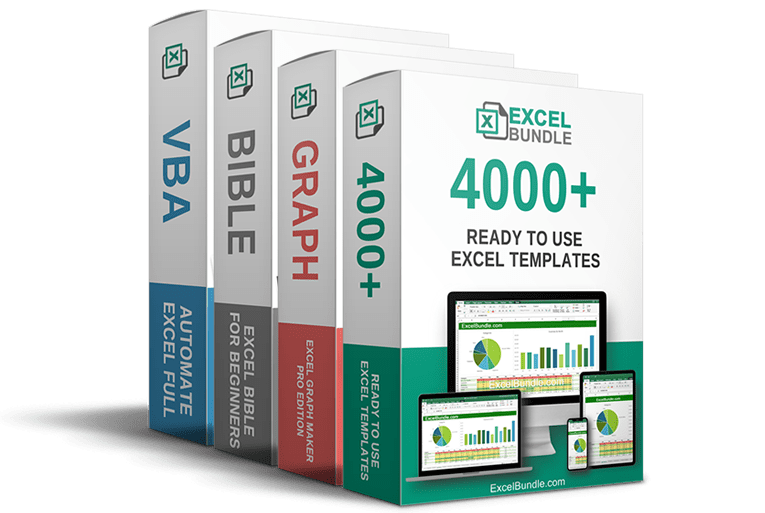50% OFF – Offer valid only today: , ,

Are you curious about how to calculate the moving average in Excel? If so, you're in the right place! This guide will show you everything you need to know about moving averages, plus some handy Excel tricks to help you understand your data better. We'll show you how to use Excel formulas to calculate moving averages and aggregate your data effectively, enabling you to make informed decisions based on trends.
A moving average, also known as a rolling or running average, is a statistical calculation that analysts use to analyze long-term trends by smoothing out minor fluctuations. It’s frequently used in financial analysis, sales forecasting, stock market trends, and data analysis. By using Excel’s capabilities combined with ready-made templates from ExcelBundle, you can easily perform these calculations, saving both time and energy.
Let's jump right into calculating moving averages with a simple example. For this tutorial, we'll consider a list of daily sales data and calculate a 3-day moving average.
Arrange your data chronologically in one column. For instance, place all your sales data in column A starting from cell A2, with A1 being the header "Sales".
In the adjacent column (B), write '3-day Moving Average' as the header in cell B1. In cell B4, type in the following formula: =(A2+A3+A4)/3 and then hit Enter. Now, the moving average of the first three days of sales data is calculated.
Click on cell B4 again, then hover your cursor over the lower right corner until you see the crosshair. Click and drag it down to fill the formula into the remaining cells. Excel will automatically adjust the formula, ensuring the average is calculated over the appropriate days.
Besides the manual method mentioned above, you can use Excel's in-built functions like AVERAGE for enhanced accuracy. Using AVERAGE(range), where 'range' is the number of cells over which you want the average, you won't need to change the cells manually. Remember, don't include current day's sales data in the range if you want to determine the moving average of the previous 3 days.
If you're an advanced user, you might want to explore Excel's Data Analysis ToolPak for advanced moving averages. However, it's not necessary for simple moving averages calculations.
Calculating the moving average in Excel is a simple yet powerful method to visualize and forecast trends in your data. Remember, practice is key, so don't hesitate to experiment with different datasets and moving averages. Using ExcelBundle's templates can speed up this process, enhancing your productivity while also saving you from the potential headaches of setting up your Excel workbook. Happy analyzing!
Excel is without a doubt one of the best tools on the market for working with analytical, graphical, numerical, and mathematical data. However, using it isn’t always easy—especially if you don’t have much experience and need to create reports and spreadsheets from scratch.
That’s exactly why we’ve put together this incredible, all-in-one package of ready-to-use, fully editable Excel spreadsheet templates. With it, you’ll always have a reliable starting point for your projects.
You’ll get over 4,000 ready-made and fully editable Excel templates covering a wide range of topics and industries—so you’ll always have the exact template you need, ready to use whenever you need it.






*Offer valid for a limited time.
You might have missed this opportunity!

